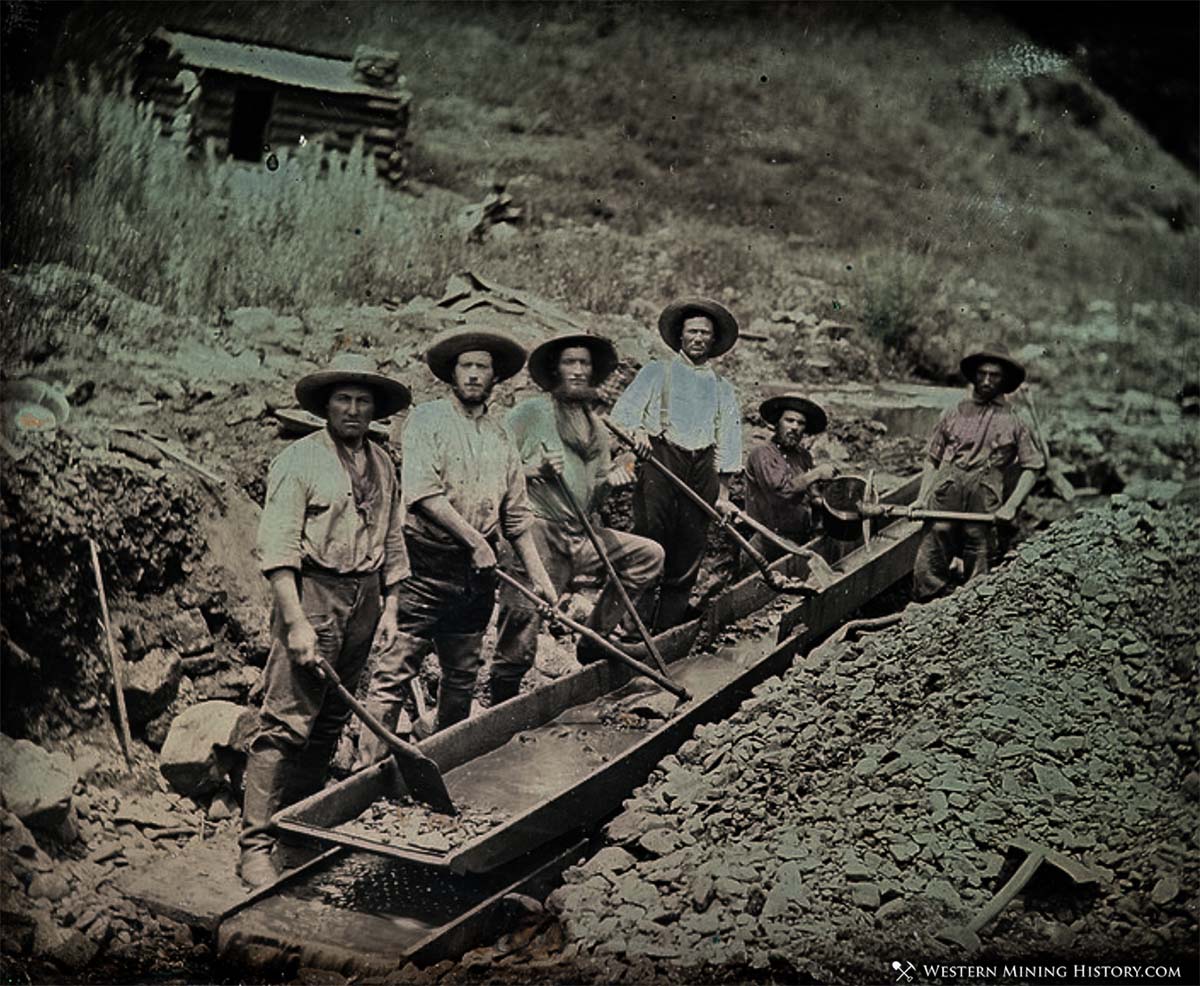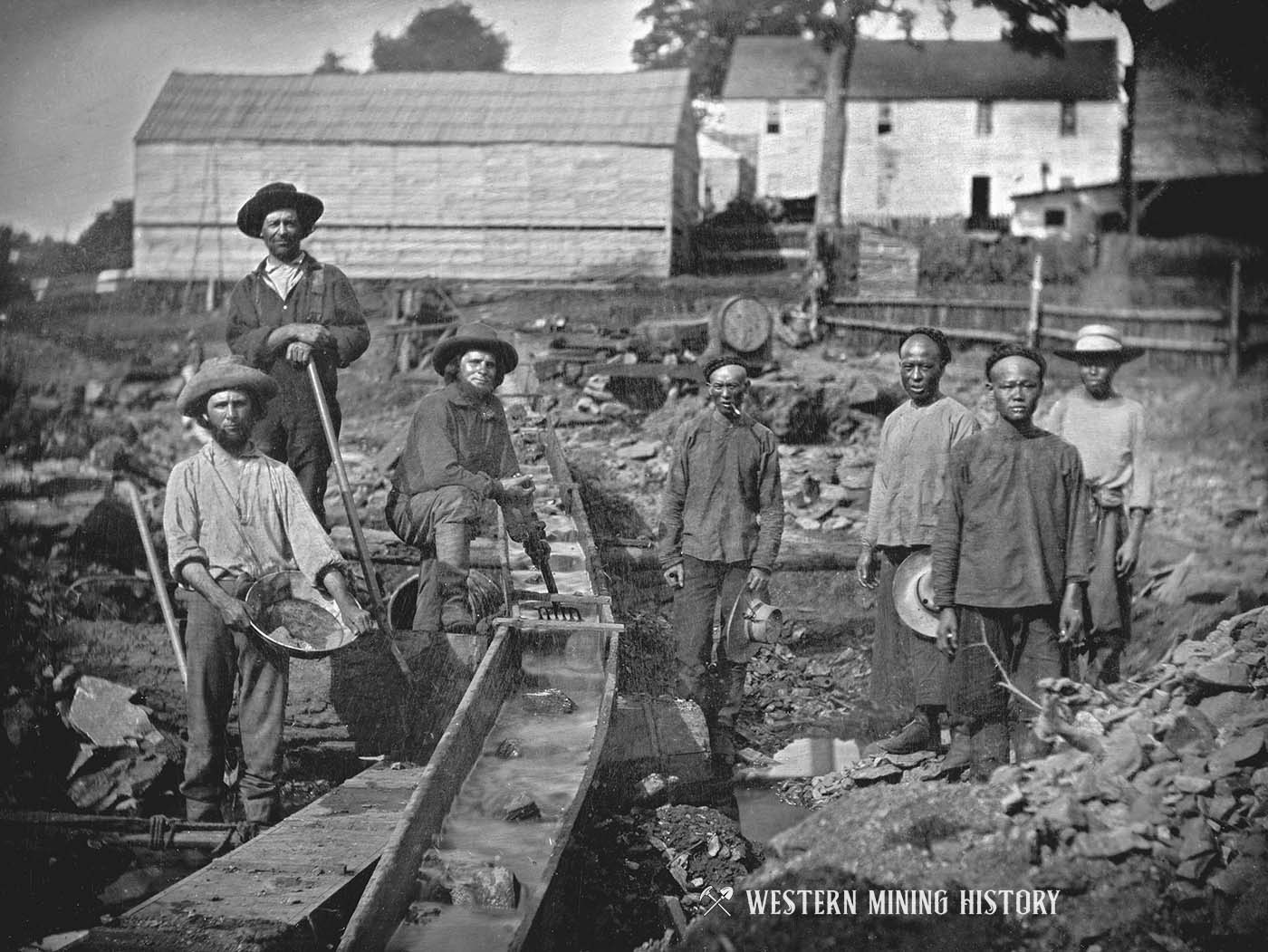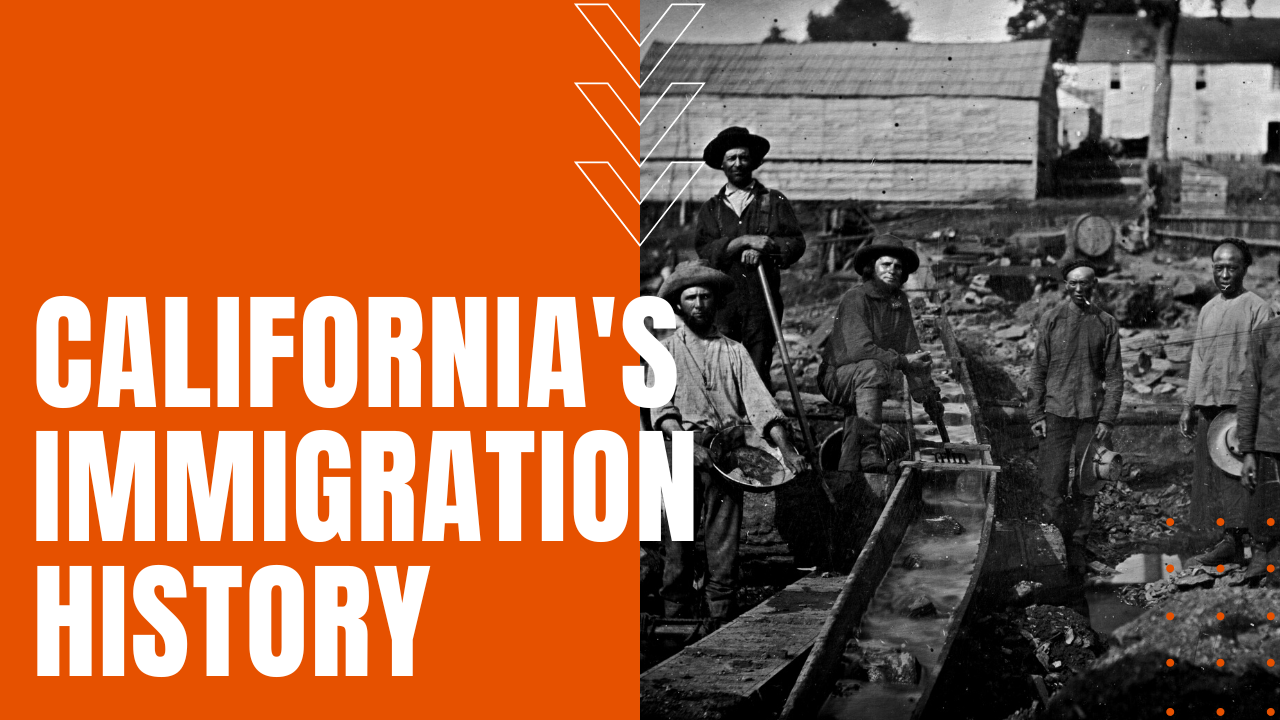
The Unfolding Tapestry: Faces and Forces that Forged California
California, a name that conjures images of sun-drenched beaches, towering redwoods, and the relentless hum of innovation, is more than just a place; it is a grand narrative etched by an extraordinary cast of characters. From ancient indigenous peoples who lived in harmony with the land for millennia to the audacious dreamers of the Gold Rush, the pioneering spirit of Hollywood, and the visionary architects of Silicon Valley, California’s story is a vibrant, sometimes tumultuous, always compelling saga of human ambition, resilience, and transformation. To understand California is to understand the people who have shaped its unique destiny, each leaving an indelible mark on its unfolding tapestry.
The First Stewards: Indigenous Peoples of Alta California
Long before European sails dotted the Pacific horizon, California was a mosaic of diverse indigenous nations, a land inhabited for at least 15,000 years. Hundreds of distinct tribes, speaking over 100 different languages, thrived across its varied landscapes. From the intricate basketry of the Pomo and the sophisticated maritime culture of the Chumash to the forest wisdom of the Hupa and the agricultural prowess of the Cahuilla, these first Californians developed complex societies, sustainable practices, and profound spiritual connections to the land.

They were not merely inhabitants but active stewards, managing resources through controlled burns, sophisticated hunting and gathering techniques, and a deep understanding of ecological balance. Their oral traditions, art, and societal structures reflected a world view fundamentally different from the one that would soon arrive. Estimates suggest that pre-contact California was one of the most densely populated regions north of Mexico, a testament to their successful adaptation and rich cultural heritage. Their legacy, though often overshadowed by later events, remains the bedrock upon which all subsequent California history is built.
The Spanish Dream and the Californio Legacy
The 16th century brought the first European contact, but it wasn’t until the late 18th century that Spain formally claimed Alta California. Driven by a desire to protect its northern territories from Russian and British encroachment, Spain dispatched missionaries and soldiers to establish a chain of missions, presidios, and pueblos. Figures like Junípero Serra, a Franciscan friar, spearheaded the mission system, which aimed to convert indigenous populations to Christianity and integrate them into Spanish colonial society.
Serra, canonized as a saint by the Catholic Church, remains a deeply controversial figure. While his proponents highlight his devotion and missionary zeal, critics point to the devastating impact of the mission system on native peoples, who suffered from forced labor, disease, and the suppression of their cultures. As the missions flourished, a new society began to emerge: the Californios. These descendants of Spanish and Mexican settlers developed a distinct culture, characterized by vast ranchos, a genteel lifestyle, and a deep connection to their land. Prominent Californio families, such as the Sepúlvedas, Peraltas, and Vallejos, controlled immense tracts of land and held significant influence during the Mexican era (1821-1848). Their rancho economy, based on cattle ranching and hide trading, laid the groundwork for future agricultural wealth, but their way of life was irrevocably altered by the arrival of a new wave of American settlers.
The Gold Rush: A Torrent of Humanity
The year 1848 changed everything. On January 24th, at Sutter’s Mill near Coloma, James W. Marshall discovered flakes of gold in the American River. This seemingly small event triggered one of the largest mass migrations in human history: the California Gold Rush. Overnight, California transformed from a sparsely populated frontier into a global magnet for dreamers, fortune-seekers, and adventurers from every corner of the globe.
The "Forty-Niners," as they came to be known, poured into California by sea and by land. They were a motley crew: farmers, merchants, sailors, and laborers from the Eastern United States, along with immigrants from China, Europe, Mexico, and South America. This sudden influx created instant cities like San Francisco, turning sleepy villages into bustling metropolises. It also brought immense challenges: lawlessness, racial tensions, and environmental degradation. Yet, it was this relentless energy and diversity that propelled California to statehood in 1850, bypassing the traditional territorial phase. The Gold Rush didn’t just extract gold; it forged a new society, one defined by rapid change, entrepreneurial spirit, and an enduring belief in the possibility of striking it rich.
Out of the chaos emerged formidable figures who would lay the foundations of modern California. The "Big Four" — Leland Stanford, Collis P. Huntington, Charles Crocker, and Mark Hopkins — built the Central Pacific Railroad, famously connecting California to the rest of the nation and consolidating immense wealth and power. Stanford, in particular, left a lasting legacy through the founding of Stanford University, a testament to the idea that California’s future lay not just in its resources, but in its intellect.

Cultivating an Empire: Farmers, Engineers, and Oil Barons
As the gold veins thinned, California’s destiny shifted from mining to agriculture and industry. The vast, fertile Central Valley, once considered an arid wasteland, was transformed by ingenious irrigation projects. This era saw the rise of powerful agricultural interests and the arrival of waves of migrant laborers, a narrative poignantly captured by John Steinbeck in The Grapes of Wrath, chronicling the Okies and Arkies who fled the Dust Bowl for California’s promise. César Chávez, a charismatic labor leader and civil rights activist, would later champion the rights of these farmworkers, co-founding the United Farm Workers (UFW) with Dolores Huerta. His rallying cry, "Sí se puede" (Yes, we can), became a symbol of nonviolent resistance and a powerful force for social justice in the fields of California.
The burgeoning cities of California, especially Los Angeles, faced a fundamental challenge: water. William Mulholland, an self-taught engineer, became the unlikely visionary who brought water from the Owens Valley over 200 miles to supply the thirsty metropolis. His audacious project, completed in 1913, fueled L.A.’s explosive growth but also sparked the infamous "California Water Wars," a bitter struggle over resources that still resonates today. Mulholland famously declared at the opening of the aqueduct, "There it is. Take it." — a pithy summary of California’s often ruthless pursuit of growth.
Simultaneously, California’s vast oil reserves began to be tapped. Figures like Edward L. Doheny, whose oil discoveries helped fuel the state’s industrial expansion, became synonymous with the state’s burgeoning wealth and resourcefulness, albeit sometimes through controversial means.
The Dream Weavers: Hollywood, Counterculture, and Civil Rights
The 20th century saw California emerge as a global cultural epicenter. Hollywood, a sun-drenched suburb of Los Angeles, became the world’s dream factory. Visionaries like D.W. Griffith pioneered cinematic techniques, while stars like Charlie Chaplin, Mary Pickford, and later Marilyn Monroe and James Dean, became global icons, their images shaping perceptions of glamour and rebellion. Walt Disney, through his innovative animation and theme parks, transformed entertainment and storytelling, building an empire on imagination. These individuals didn’t just make movies; they crafted a new mythology, projecting California’s image of endless possibility onto the world stage.
California also became a crucible for social change and counterculture. In the 1960s, places like San Francisco’s Haight-Ashbury district became synonymous with the "Summer of Love," drawing figures like Jerry Garcia of the Grateful Dead and Ken Kesey and his Merry Pranksters, who challenged societal norms and experimented with new forms of expression. This era of radical idealism laid the groundwork for many of the social and political movements that would follow.
The fight for civil rights also found powerful champions in California. Earl Warren, a former California Governor who became Chief Justice of the U.S. Supreme Court, presided over landmark cases like Brown v. Board of Education, fundamentally reshaping American society. Later, Harvey Milk, an openly gay politician elected to the San Francisco Board of Supervisors, became a martyr for LGBTQ+ rights, his tragic assassination galvanizing a movement that continues to fight for equality and acceptance.
The Digital Age: Architects of the Future
As the 20th century drew to a close and the 21st began, California once again reinvented itself, becoming the global hub of technological innovation: Silicon Valley. This transformation was powered by a new breed of pioneers, from the early semiconductor giants to the software revolutionaries. While many contributed, figures like Steve Jobs, the co-founder of Apple, stand out. With his relentless pursuit of design perfection and intuitive technology, Jobs revolutionized personal computing, music, and mobile communication, fundamentally altering how billions of people interact with the world. He embodied the audacious, disruptive spirit of California’s tech industry, famously stating, "Stay hungry, stay foolish," a mantra that continues to inspire innovation.
Other titans like Bill Hewlett and David Packard (HP), Gordon Moore (Intel), and later, Larry Page and Sergey Brin (Google), Elon Musk (Tesla, SpaceX), and countless others, have transformed the global economy and daily life from their garages and campuses in the Golden State. They represent the latest iteration of the California dream: the belief that with enough ingenuity and audacity, one person or a small team can change the world.
An Enduring Legacy of Reinvention
California’s story is a testament to the power of human agency. It is a story told not just through its landscapes, but through the countless individuals who have been drawn to its shores, each seeking something – gold, land, freedom, fame, or the chance to innovate. From the silent wisdom of its first inhabitants to the bold pronouncements of its tech moguls, California has always been a magnet for those willing to dream big and work hard.
The state’s history is a complex tapestry woven with threads of triumph and tragedy, innovation and exploitation, diversity and conflict. Yet, through it all, the spirit of reinvention, the relentless pursuit of the next big idea, and the enduring belief in the possibility of a better future persist. The people who have built California, brick by brick, code by code, and dream by dream, are its most precious resource and its most compelling narrative. Their stories are not just history; they are the living, breathing essence of the Golden State, constantly evolving, perpetually inspiring, and forever beckoning the next generation of dreamers.


